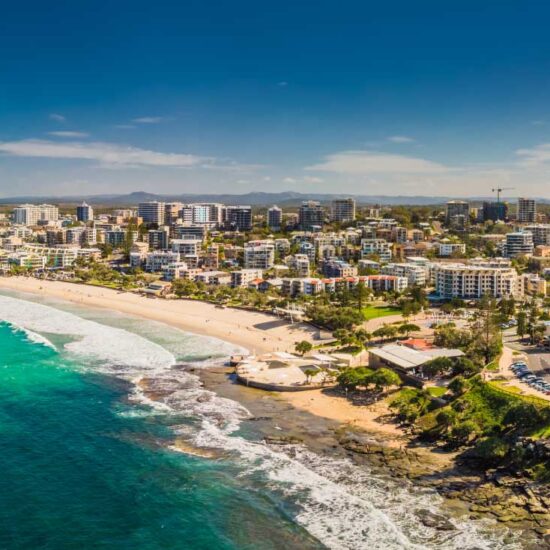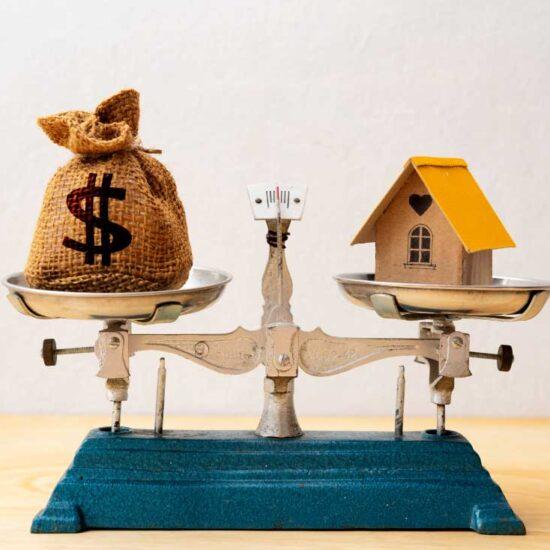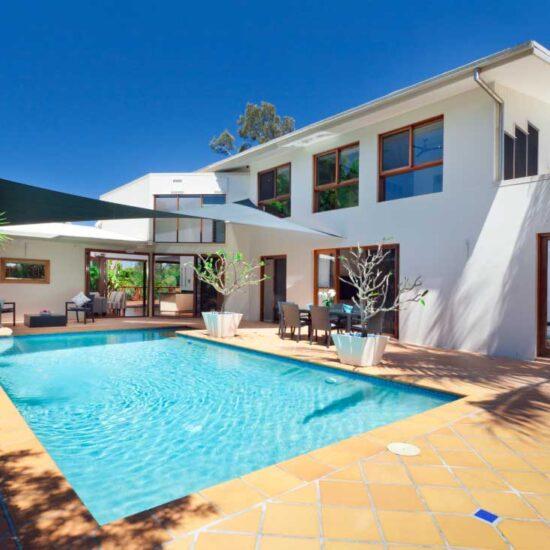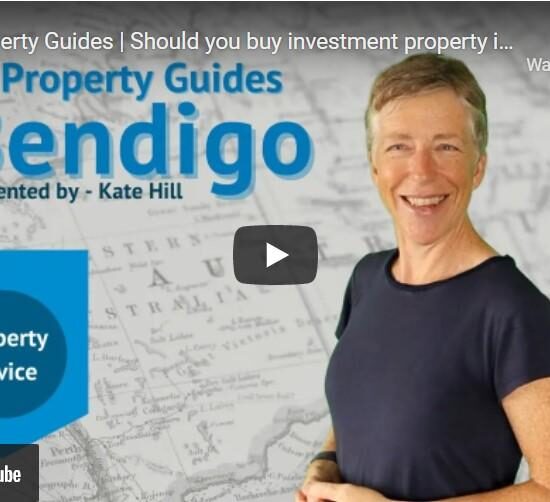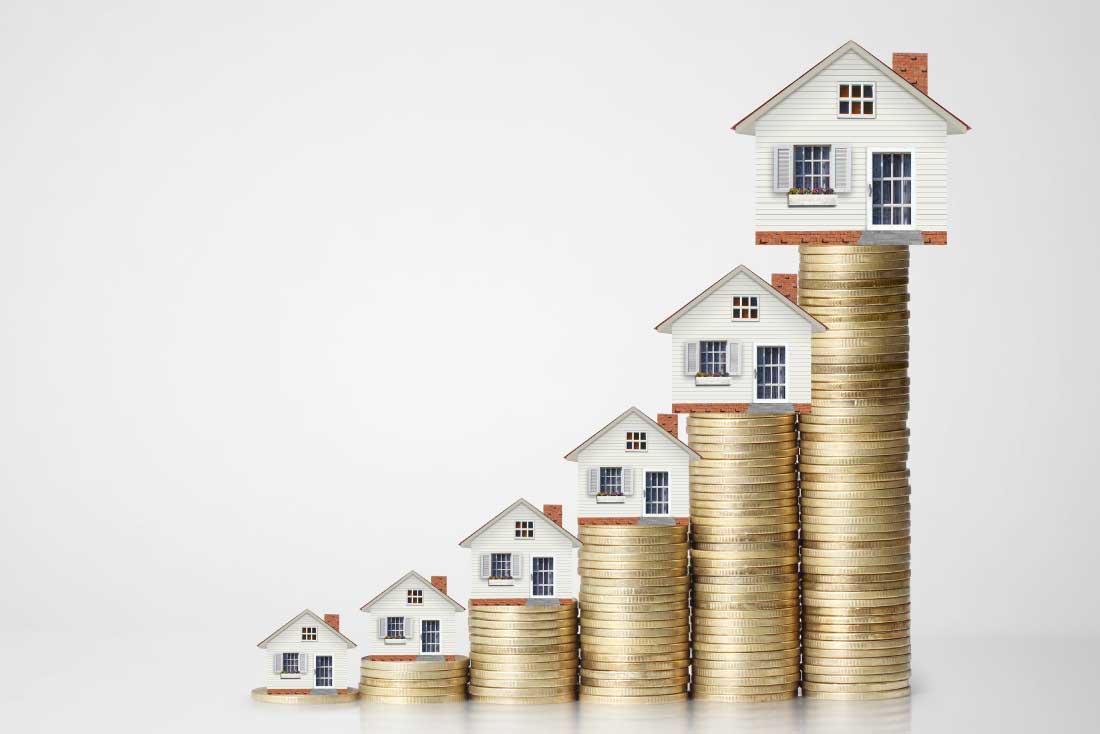
By Kate Hill, Adviseable
Passive income is one of the main objectives in accumulating investment properties – to build up an ongoing income stream.
So, it’s important to get an understanding of the size of your net worth and how to calculate a cash return on this so you can forecast the level of income you could receive.
It’s what we call passive income. This is different to getting a steady paycheck from your nine to five job.
You would do most of the work upfront (like buying the properties and paying the loans down) and you may put in some additional effort along the way to earn an income.
Passive income is money you earn that doesn’t require you to do a lot of “active” work to continue making it. Property investments can work really well in this regard.
Passive income doesn’t require much “active work”
To make it meaningful, you’ll need to get an understanding of what “net worth” means and how to calculate a cash return on this so you can forecast the level of income you could receive.
Your net worth is calculated by adding up the value of your income producing assets and then deducting your liabilities, which are usually your borrowings.
Note that while you can use equity in your home to invest in (see my other video), or perhaps downsize in the future, I am not making it part of this net worth calculation as your home is usually not producing an income (plus you need somewhere to live right?)
Calculating net worth
So, a rough guide, let’s say you had $3 million worth of investment properties – this could be one single $3 million property, this could be two x $1.5 million properties – this could be five x $600,000 properties – you get the idea. And then let’s say you had $1 million of debt on the properties, then your net worth would be $2 million.
Now, let’s use a conservative cash return on this of say five per cent. This net worth, as long as you owned those properties, would provide a recurring annual gross income of approximately $100,000 (probably taxable depending on your circumstances, and net of most property expenses).
But that’s pretty good, right?
While this is a simplified calculation, what it really shows you is that it doesn’t actually depend on the number of properties that you own, but it’s the size of your net worth that matters. This calculation does indicate that you will need a significant net worth to get a six figure income in retirement.
What does matter here is your risk profile, we can’t all afford an expensive property that will grow to $3 million. Most serious investors are probably in the five properties at $600,000 category.
Indeed, I would also argue that it’s riskier to own just that one $3 million property than several, smaller, inexpensive ones. We’re talking better area diversification, a broader tenant base in the lower price ranges, fewer chances of vacancy, less risk of not being able to pay the loans back and more…
To invest at this level you will usually need a timeline of around 10 to 15 years and a financial road-map in place to get you there.
You’ll need a strategy that takes into account capital growth, cash flow, and debt reduction.
It’s also important to remember that most of us don’t simply build up a property portfolio of this size overnight. It takes patience, skill, motivation and time!



